Northern soul: the stark beauty of the Faroe Islands
Get away with the Faroes for puffin-packed clifftops, sensational seafood and landscapes like no other
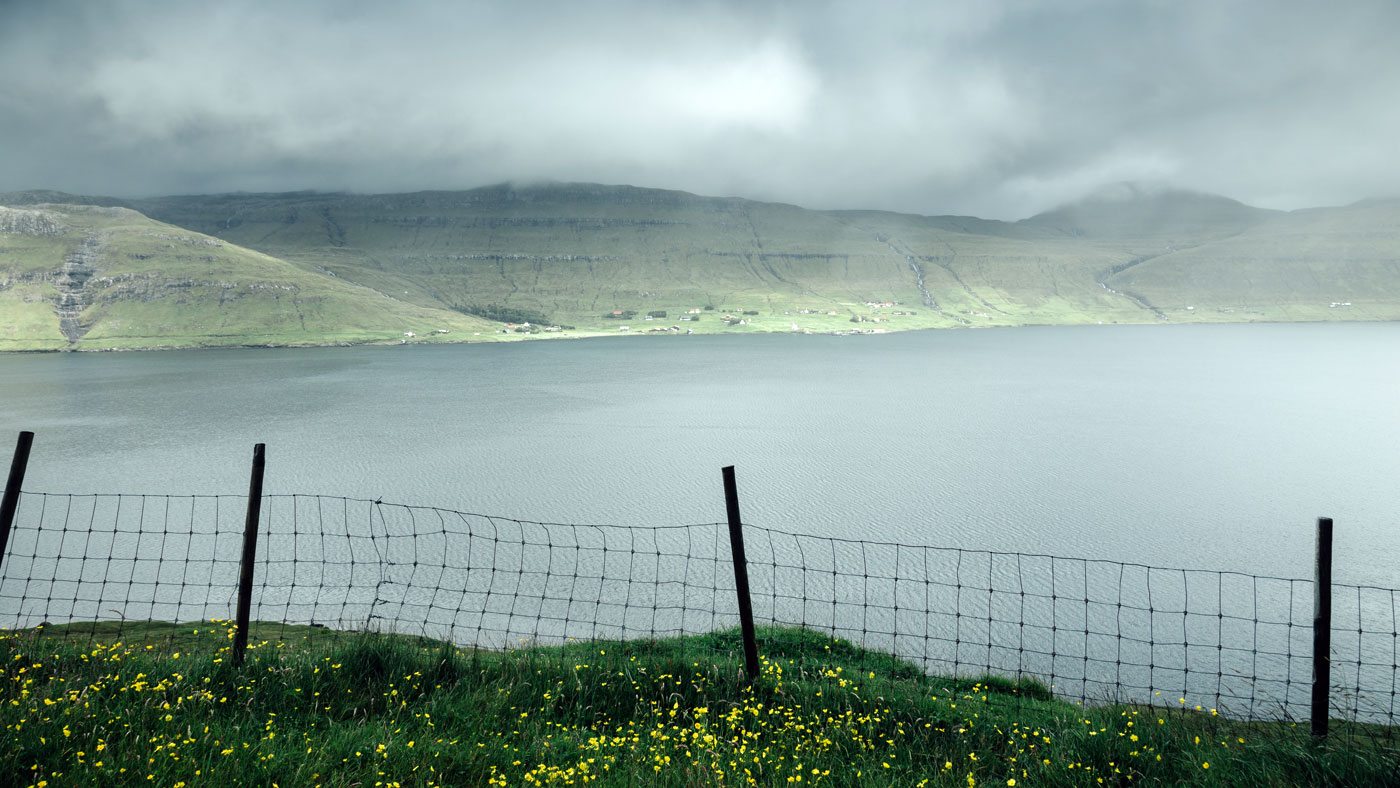
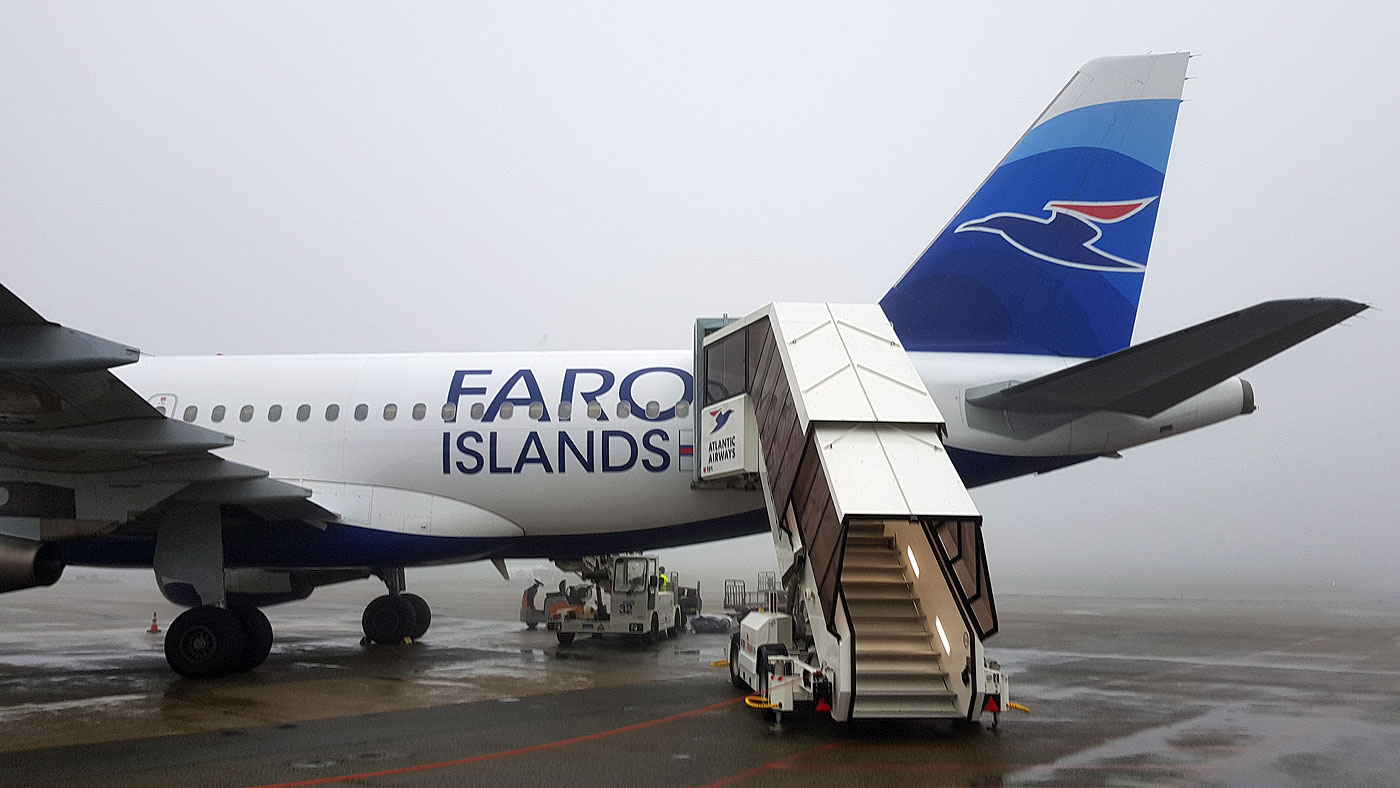
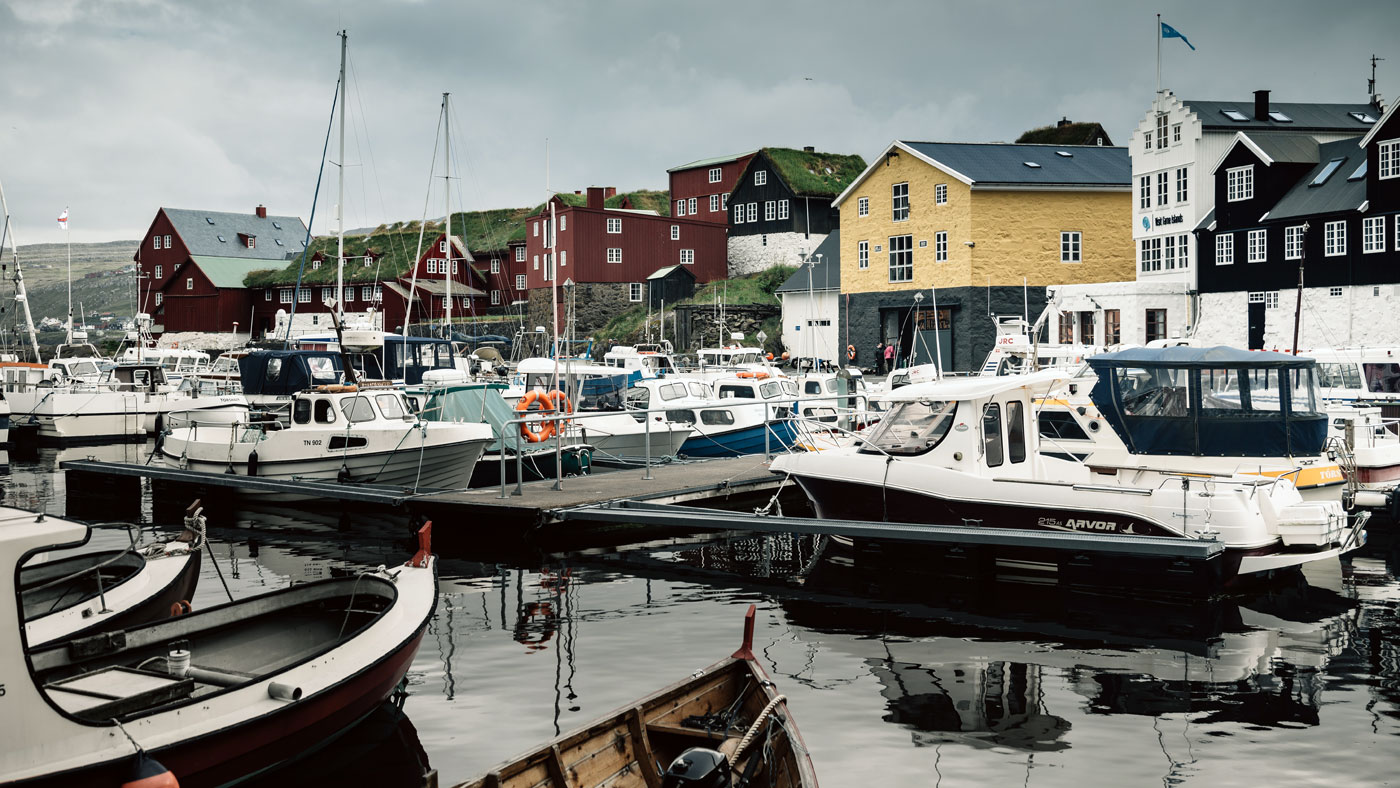
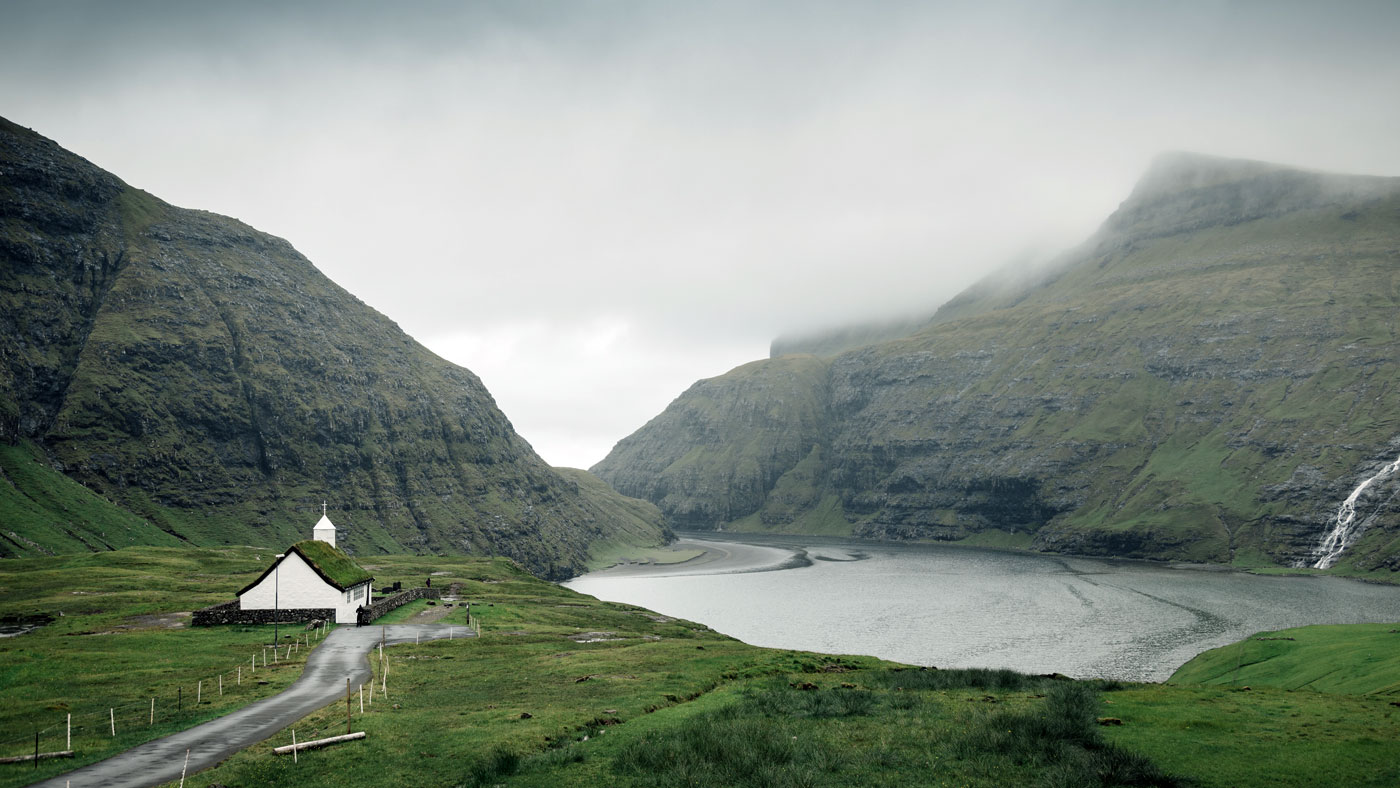
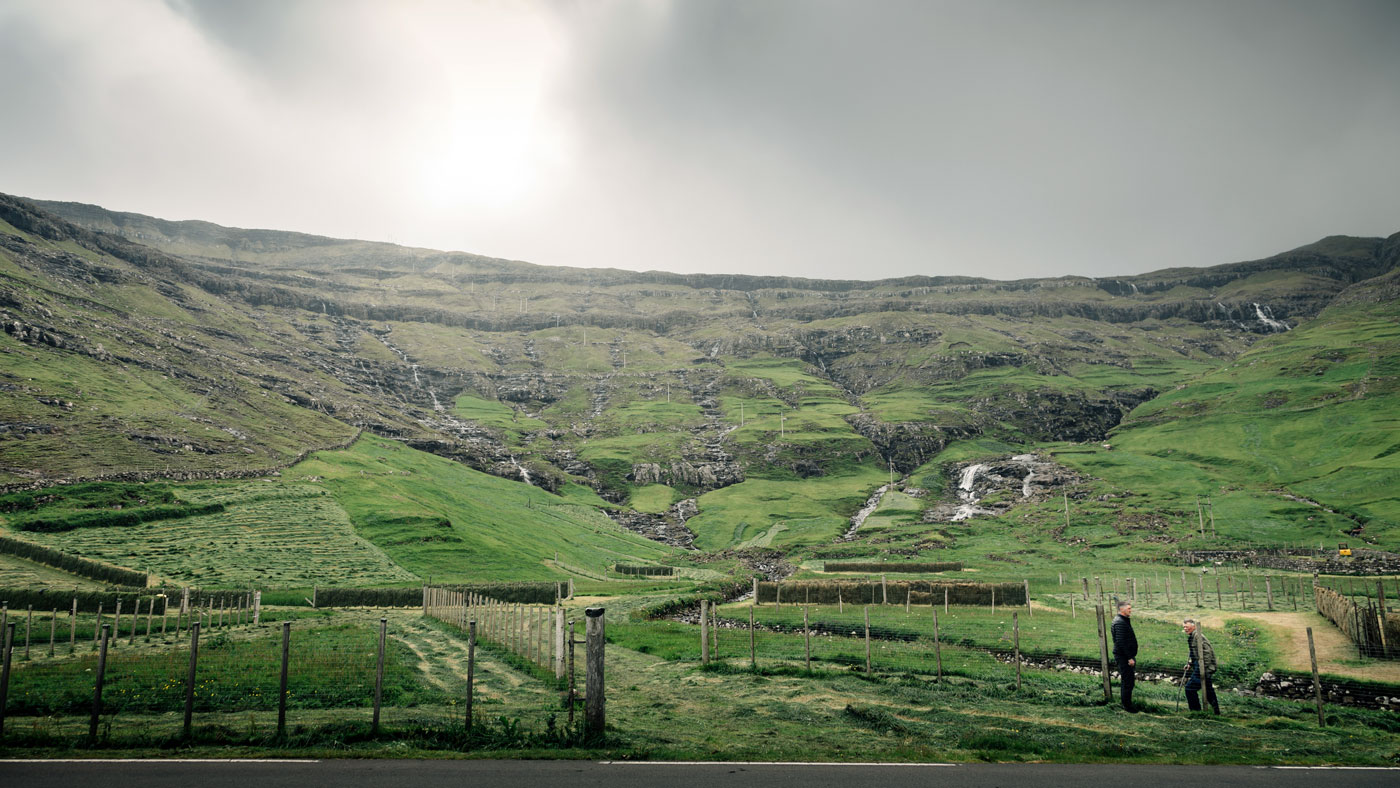
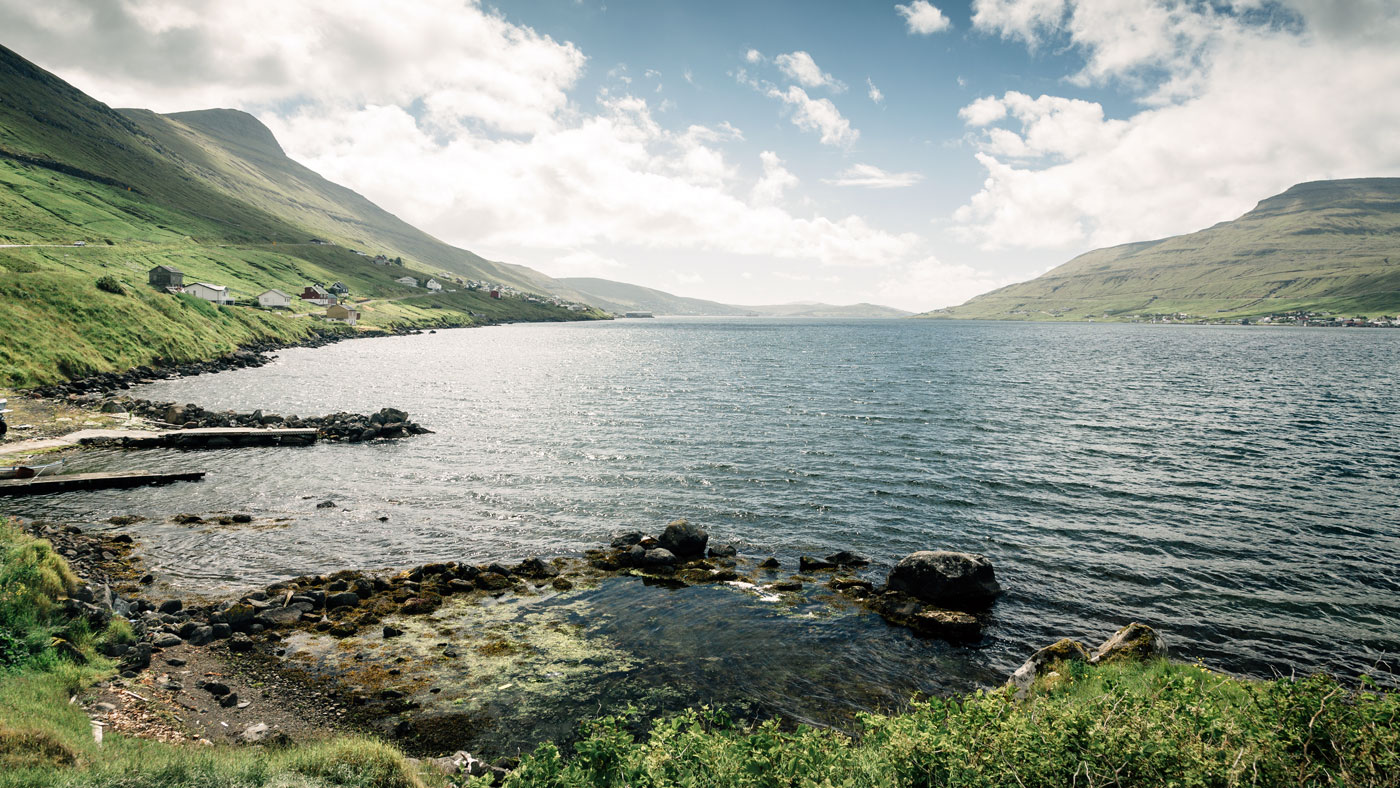
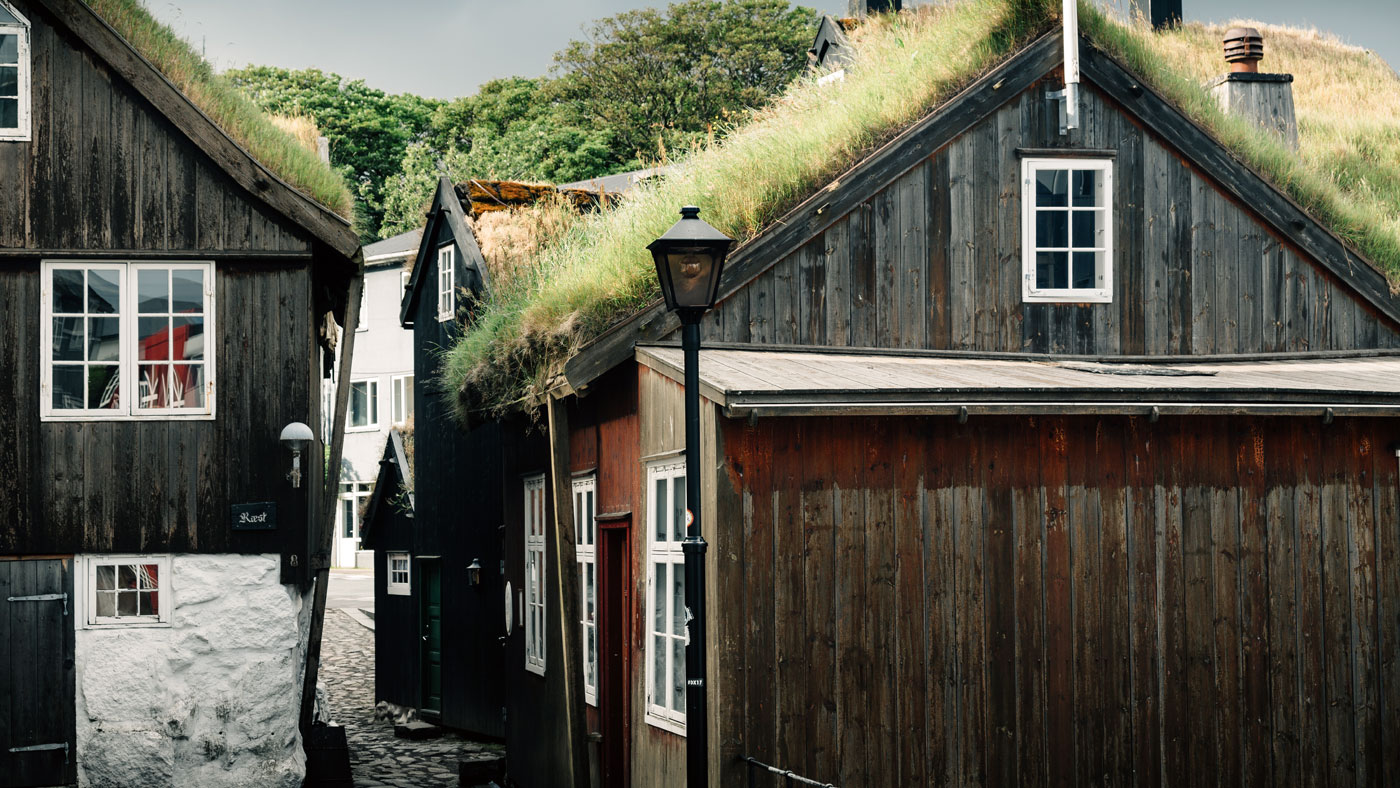
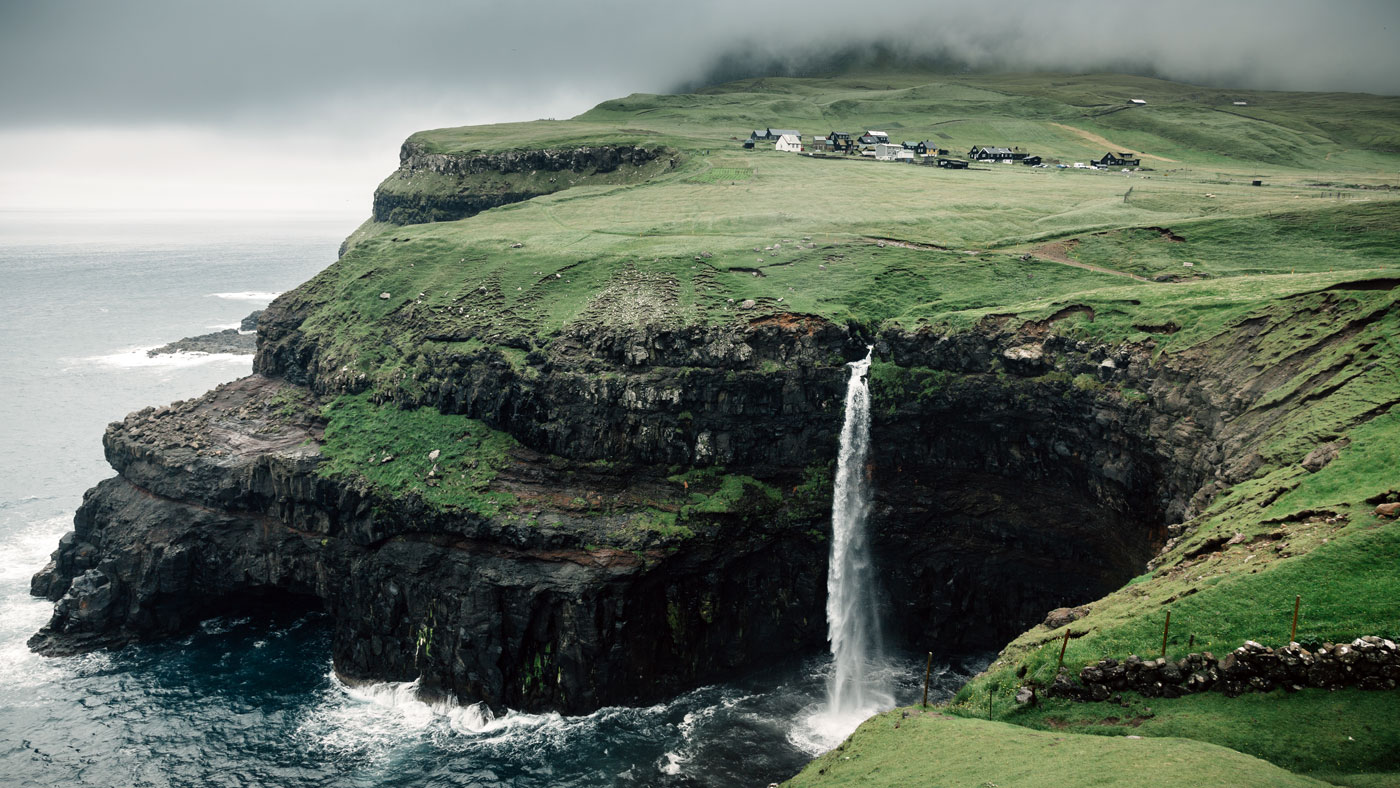
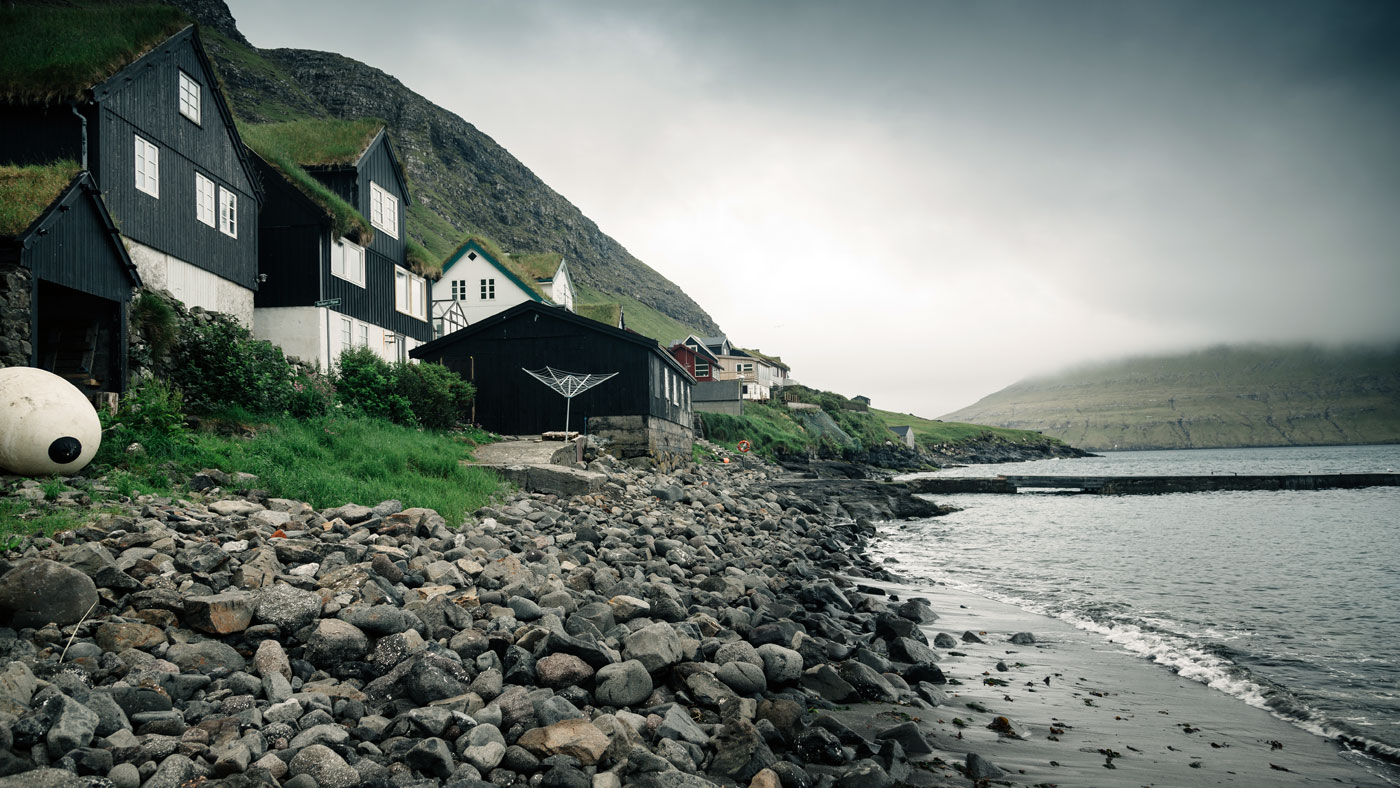
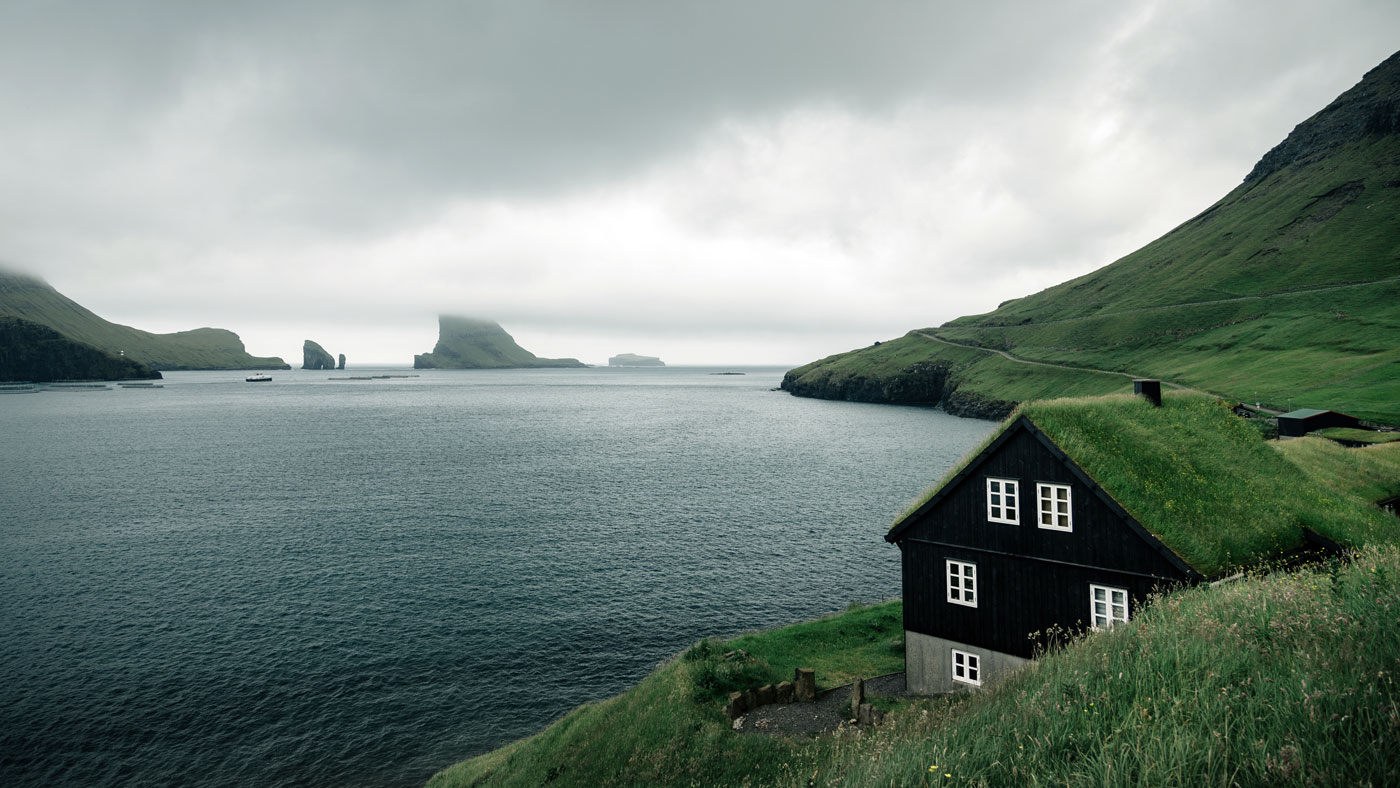
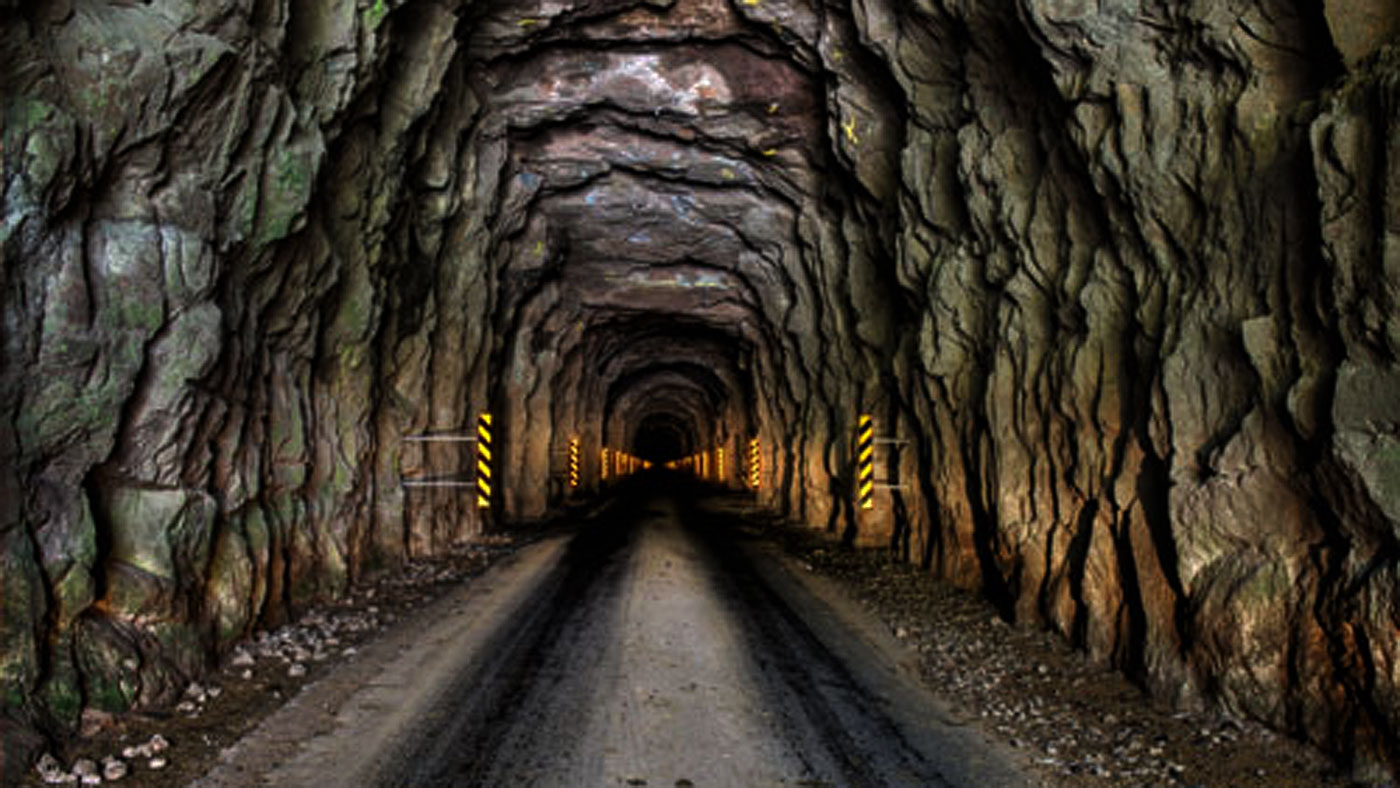
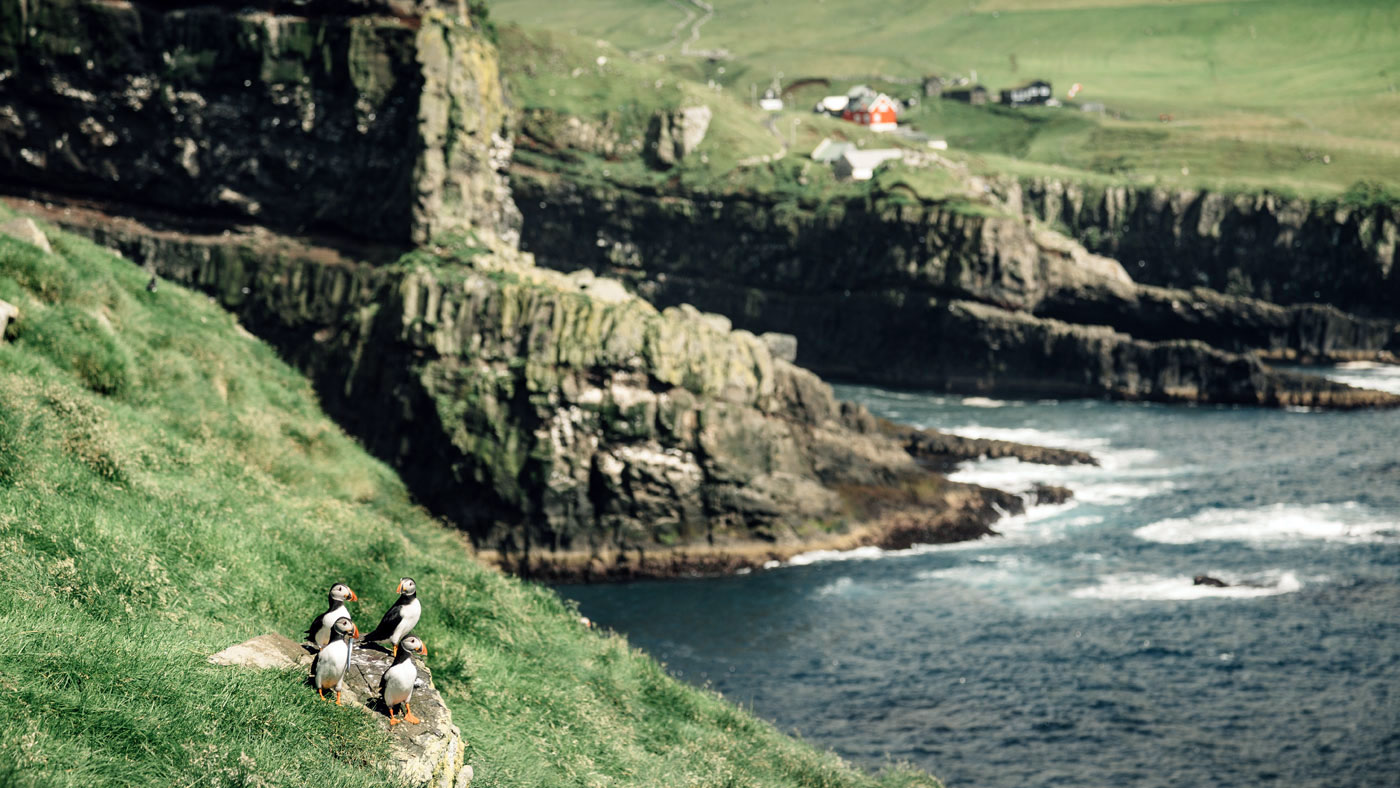
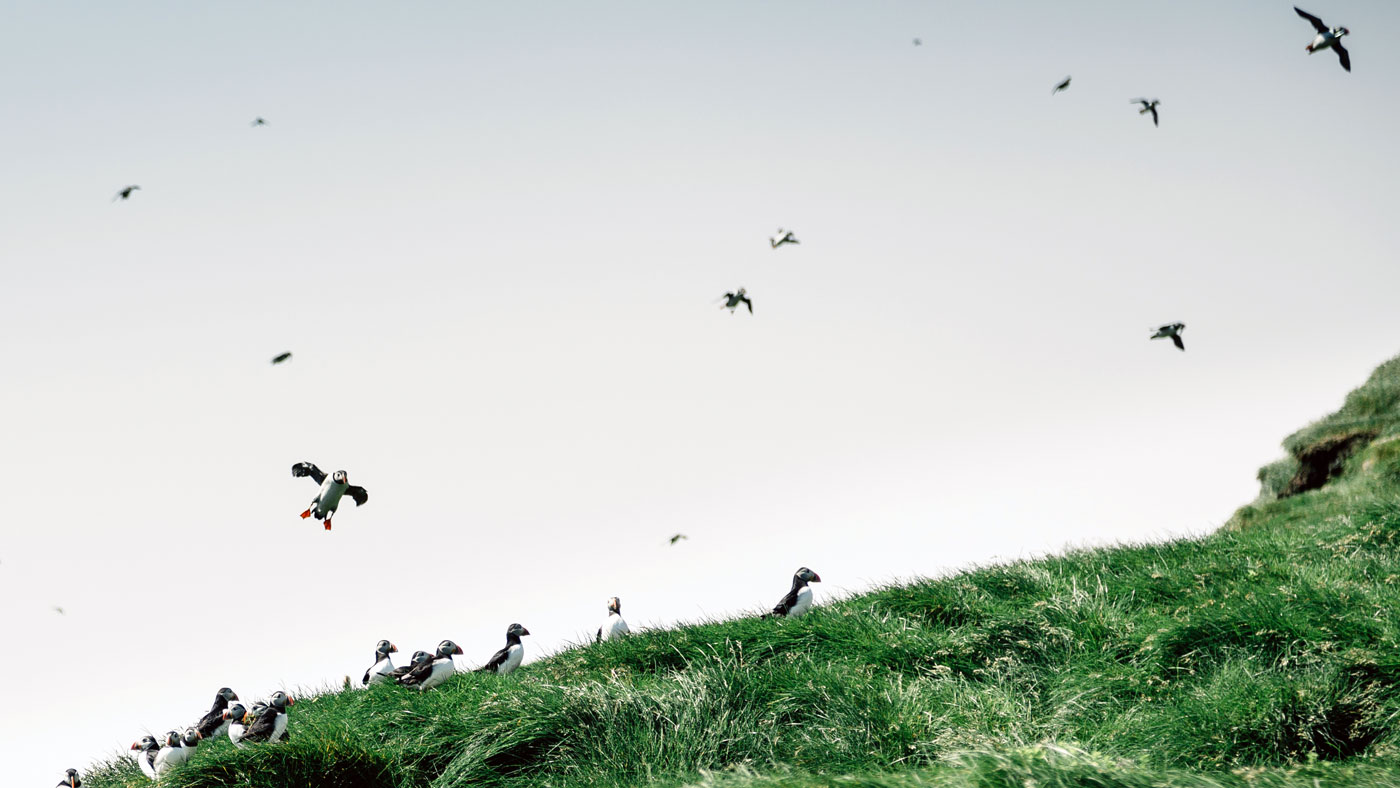
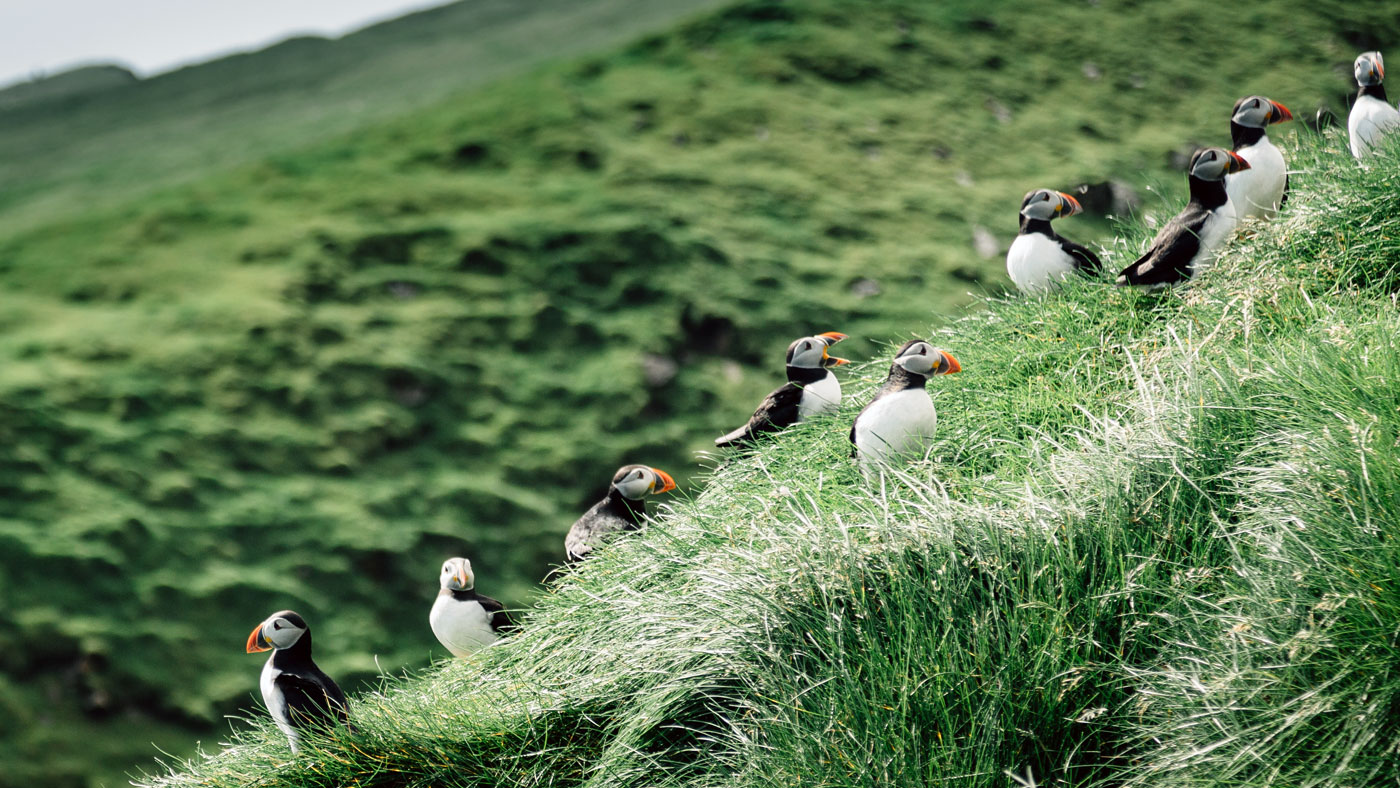
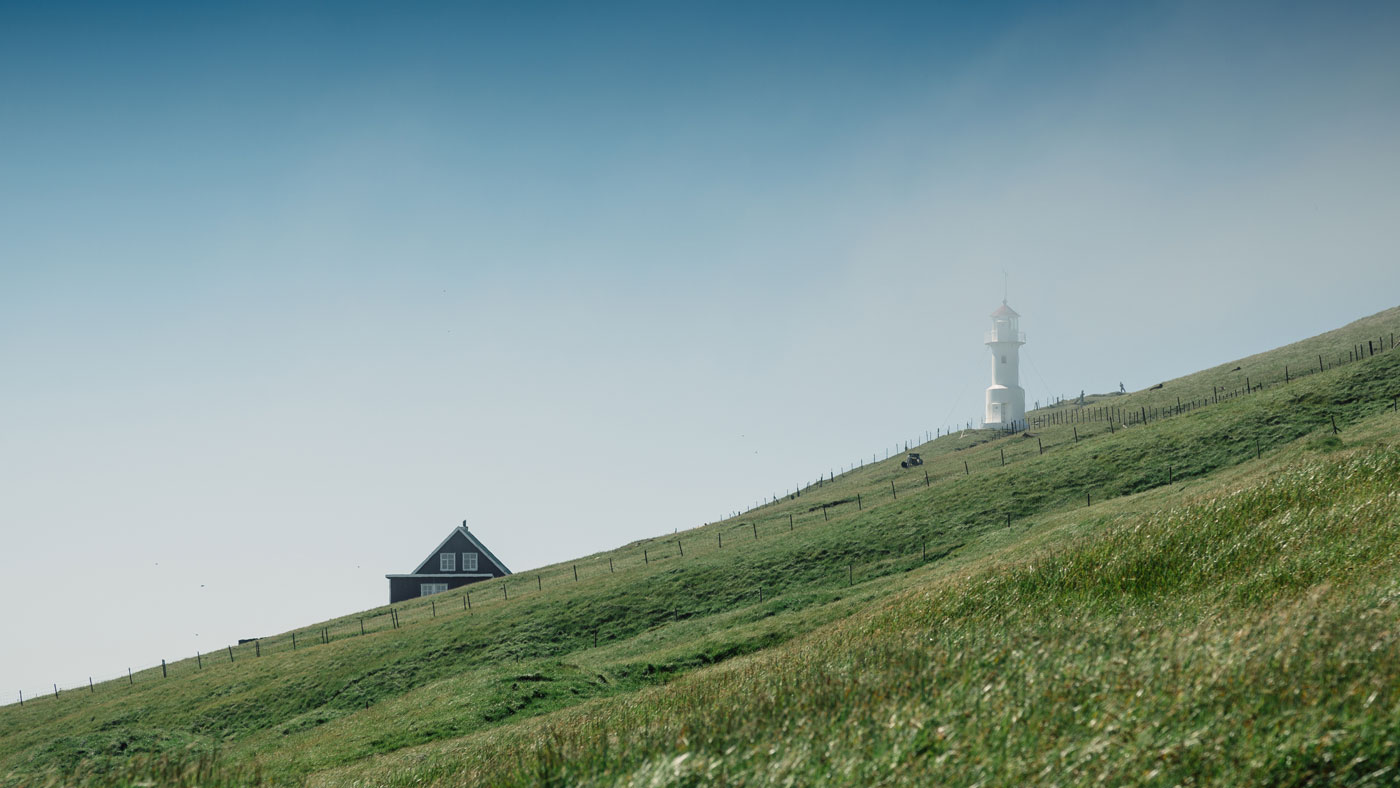
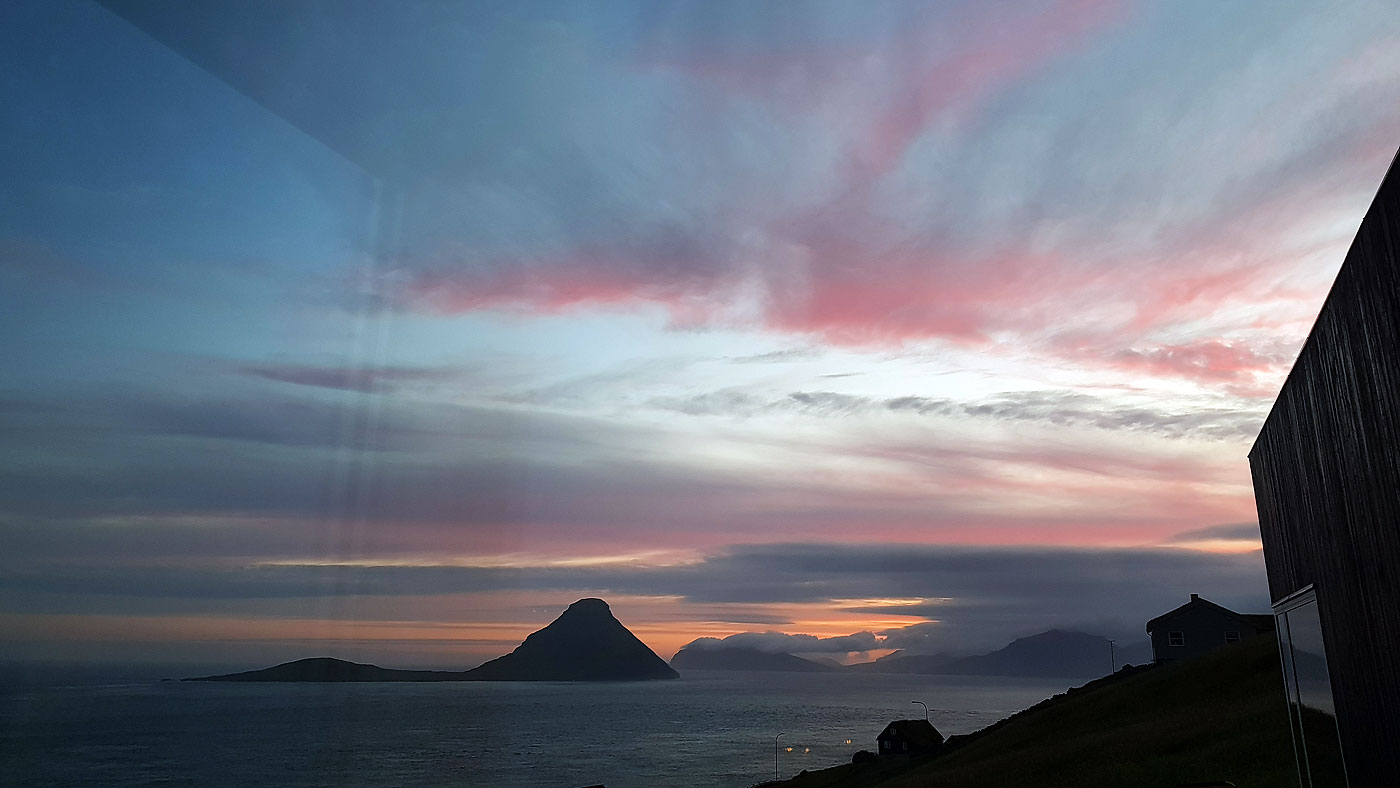
As we fly over the North Atlantic, a thick summer fog is gathering around the Faroe Islands, a handful of tiny dots on the aircraft’s TV screens. The problem is that we’re hoping to land there, and the airport is closed.
Don’t worry, says the Faroese man sitting next to us. Poor visibility is not unusual, and the airline is well drilled. The pilot will simply fly low-level laps over the islands until conditions improve.
And if they don’t, we ask, wondering how much fuel is left. The man pulls out the in-flight magazine and stabs at a route map with his finger. There’s an air strip in eastern Iceland, he says, and another in Bergen, northwest Norway. Each is more than an hour’s flight away.
The Week
Escape your echo chamber. Get the facts behind the news, plus analysis from multiple perspectives.

Sign up for The Week's Free Newsletters
From our morning news briefing to a weekly Good News Newsletter, get the best of The Week delivered directly to your inbox.
From our morning news briefing to a weekly Good News Newsletter, get the best of The Week delivered directly to your inbox.
Ninety minutes later, and eight minutes before we would have had to divert, the fog thins slightly and the pilot scrambles to get us on the ground. We descend fast, the runway looming up at the very last moment, and as we touch down euphoria suffuses the plane. The Faroese passengers had really not wanted to spend the night at a foreign airport.
Over the next four days, I came to see just why they were all so keen to get back to their isolated island home, perched just 300 miles from the Arctic Circle.

It’s certainly an unusual place: a part of Denmark, yet also an autonomous country with one of the world’s oldest parliaments, dating back more than 1,000 years - and, with equal patriotic significance, its own national football team.
The 50,000 Faroese are fiercely proud of their independence - and eccentricity. Both are on show in Tinganes, where the Faroe Islands government conducts its business from a handful of timber-sided buildings whose turf roofs offer insulation and protection from the rain. More conventional security is entirely absent - you can press your nose right up against the window of the Prime Minister’s Office.
A free daily email with the biggest news stories of the day – and the best features from TheWeek.com
Having done so, and examined the Ministry of Finance at similarly close quarters, I navigated my way through the narrow alleyways that lead to Torshavn city centre. The name means “Thor’s harbour”, and the thunder god was making his presence felt as I climbed up from the waterfront. Moments later, several shafts of sunlight broke through the low cloud, picking out the old wooden buildings packed cheek by jowl onto the hillside, even as a sheet of rain darkened the horizon further out to sea. Weather rolls over these islands fast.

In Torshavn, at least, when the rain catches you out you can dart through almost any door and find yourself in a cosy cafe (try Paname, opposite the city hall), a laid-back bar (Sirkus serves up pub food, Faroese beer and views over the harbour) or any number of boutiques selling wool, sheepskins, waterproofs and other means of warding off the weather.
In the wilder parts of the archipelago, and that’s pretty much everywhere outside Torshavn, exposure to the elements is part of the appeal. This is a wild and rugged destination, sculpted by fire and ice. The volcanoes may be extinct and the glaciers melted away, but they’ve left behind a landscape scored by fjords and punctuated by craggy peaks.
We drove north, past waterfalls pouring down dark inland cliffs and wide open valleys, carpeted in grass and wildflowers. Our destination was the village of Saksun, where a white-walled, grass-roofed church presides over a wide horseshoe bay. From here you can spend three hours walking across the headland to the Viking harbour of Tjornuvik, one of the oldest settlements on the islands. The less strenuous option is to drive the spectacular coastal road, which hugs the cliffs on its long, steep approach to the village.

When we arrived, two Faroese men were working in their meadow, cutting long grass and hanging it on a line to make hay for the winter. A small potato patch right on the shore was the only other sign of agriculture here: with hard volcanic bedrock and little daylight for half the year, few crops will weather the climate.
Few people either, and those who do live here stick close to each other. At first, the proximity of their homes is puzzling in such an empty landscape. Houses have neither gardens nor fences, but are packed together, snug against each other and the alleyways that link them. But after a few hours in the wilderness, this neighbourly intimacy makes psychological sense.

So too do the bridges and tunnels that now link six of the biggest islands - perhaps the largest civil engineering projects undertaken for the benefit of the fewest people. In one case a mile-long tunnel on the island of Vagar, blasted through a mountain in 2005, leads only to the (exceptionally pretty) town of Gasadalur, population 18.
The undersea tunnels are even more impressive, their rough-hewn walls bearing the scars of their creation. Driving through the newest of them, the four-mile Nordoyatunnilin, was a hypnotic experience. Fluorescent lamps, evenly spaced along the ceiling, strobed past at 50mph as the pressure on my eardrums provided an uncomfortable reminder that we were 500 feet under the Atlantic. Older tunnels were a nervier proposition, unlit and single-track, with small passing places every 100 yards or so. Judging distances is not so easy in the dark, especially with a pair of headlights bearing down on you.

Work is underway on new sub-sea links, knitting together more of the Faroe Islands, but Mykines, in the far west, will retain its glorious isolation. We made the sea crossing on another foggy morning, and when the sky later cleared it was disappointing to see how short our voyage had been: high seas and squally winds had made it seem more of an adventure.
After a restorative cup of coffee in the tiny harbour village, we hiked along a steep cliff-top path to a colony of puffins. On the ground they’re funny little creatures, comically upright with their penguin suits and vivid beaks. In the air they cut more of a dash, swooping over our heads, clutching bright silver herrings they’ve plucked from the ocean.

Fish is an essential part of the Faroese diet, even if it’s not always as fresh as the puffins’ catch. Fermenting, curing and salting food was once a way of getting through the winter months, when storms and near-permanent darkness discouraged fishing expeditions.
Bolder visitors might give it a try at Raest, a Torshavn restaurant in which pilot whale blubber precedes fermented lamb and fish on a traditional Faroese menu. We went next door to Barbara Fish House, and tucked into its extensive (and unfermented) tasting menu. Pearlescent cod, served fresh, salted and smoked, may have been the highlight, or perhaps the raw salmon “from the fjords”, delicately cured and carved into thick lozenges.
Our most convivial Faroese meal came courtesy of Anna and Oli Rubeksen, a farmer and her husband, who run a successful supper club just outside Torshavn. We arrived a little late and windblown from the Mykines ferry, but Oli soon recomposed us with a shot of aquavit and a selection of Faroese cheese and dried sausages.
There was salmon again, equally soft and rich, and buttery cod with potatoes and hard boiled eggs, then an earthy lamb’s heart stew. But the food, excellent as it was, played second fiddle to an evening of conversation with our Faroese hosts about island life, and the culture of fishing and farming they’ve worked so hard to preserve. As the evening wore on and the sun sank slowly to the horizon, we watched the fjord darken and the sky turn electric pink. On clear summer nights, the glow never fades.
If the weather held our flight home would depart as planned and we would not, after all, have to stay on, and perhaps rear sheep or learn to sail a fishing boat. On balance, it was probably for the best, but I did not cheer our departure as I had our landing.

For more information on the Faroe Islands, see www.visitfaroeislands.com. Hotel Havgrim, in the capital Torshavn, has double rooms from about £235 per night for two sharing, including breakfast. Atlantic Airways flights from Edinburgh to Vagar are available from £180 return, and from Copenhagen from £165 return
Holden Frith is The Week’s digital director. He also makes regular appearances on “The Week Unwrapped”, speaking about subjects as diverse as vaccine development and bionic bomb-sniffing locusts. He joined The Week in 2013, spending five years editing the magazine’s website. Before that, he was deputy digital editor at The Sunday Times. He has also been TheTimes.co.uk’s technology editor and the launch editor of Wired magazine’s UK website. Holden has worked in journalism for nearly two decades, having started his professional career while completing an English literature degree at Cambridge University. He followed that with a master’s degree in journalism from Northwestern University in Chicago. A keen photographer, he also writes travel features whenever he gets the chance.
-
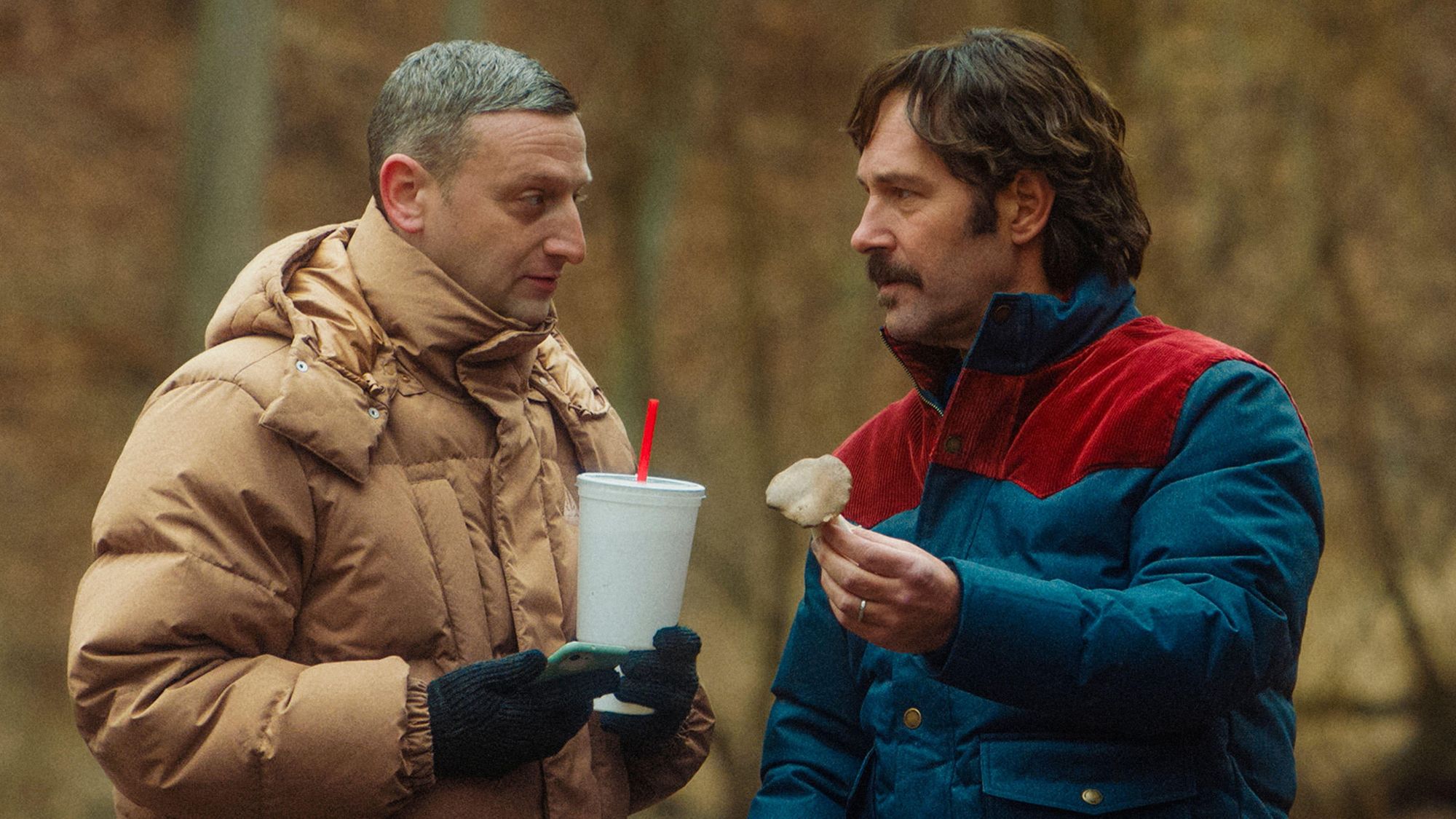 Friendship: 'bromance' comedy starring Paul Rudd and Tim Robinson
Friendship: 'bromance' comedy starring Paul Rudd and Tim RobinsonThe Week Recommends 'Lampooning and embracing' middle-aged male loneliness, this film is 'enjoyable and funny'
-
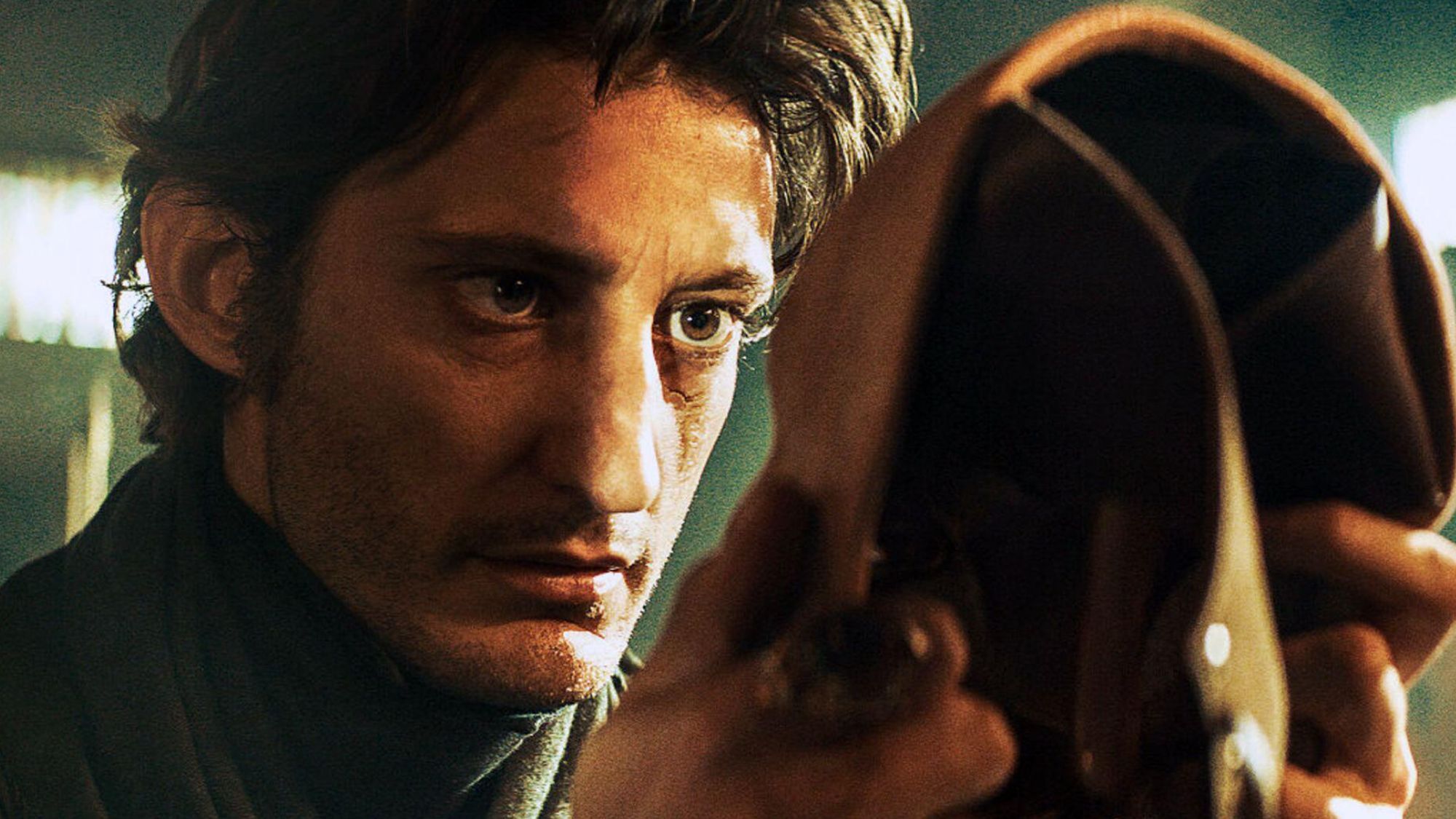 The Count of Monte Cristo review: 'indecently spectacular' adaptation
The Count of Monte Cristo review: 'indecently spectacular' adaptationThe Week Recommends Dumas's classic 19th-century novel is once again given new life in this 'fast-moving' film
-
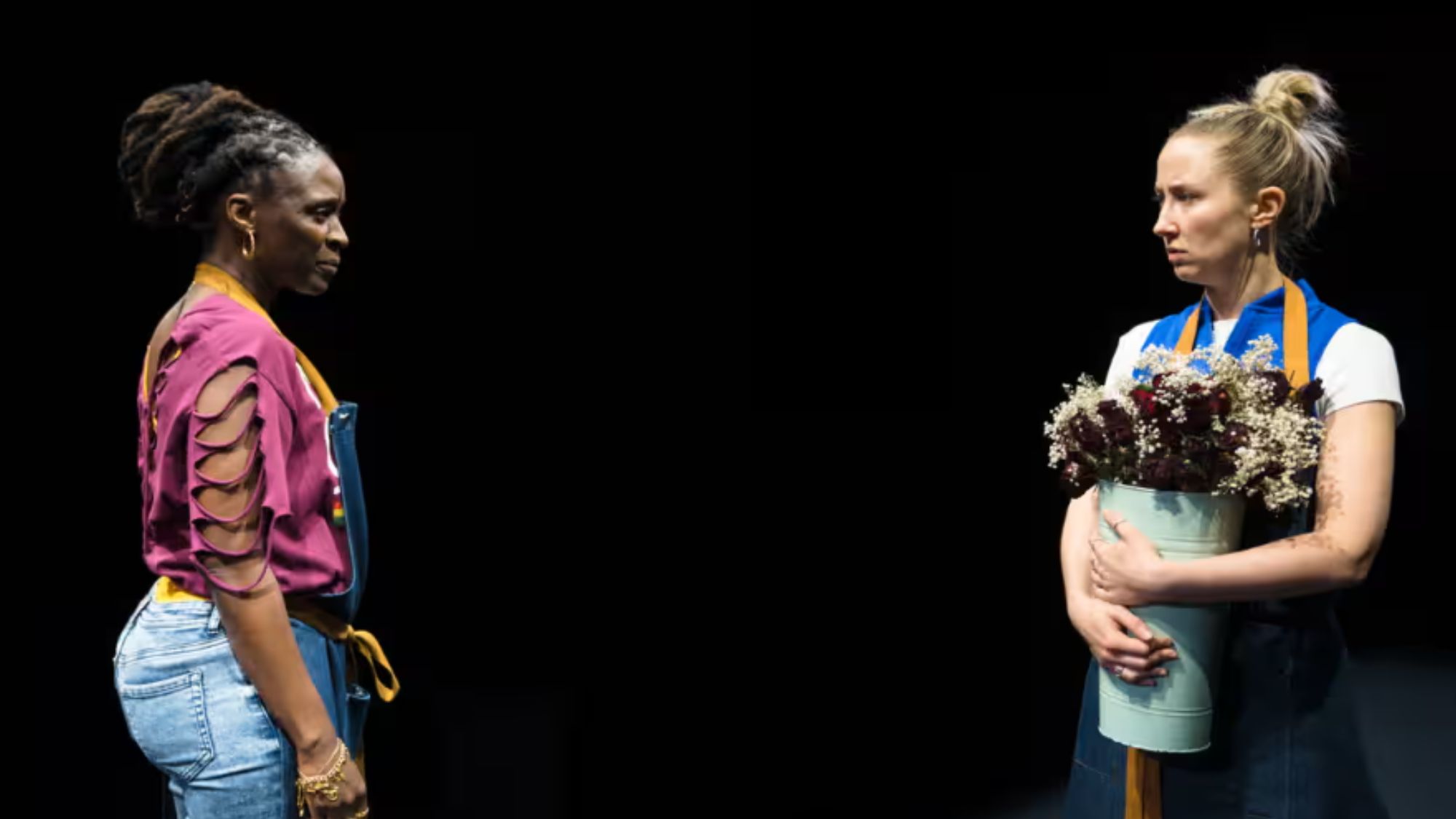 Death of England: Closing Time review – 'bold, brash reflection on racism'
Death of England: Closing Time review – 'bold, brash reflection on racism'The Week Recommends The final part of this trilogy deftly explores rising political tensions across the country
-
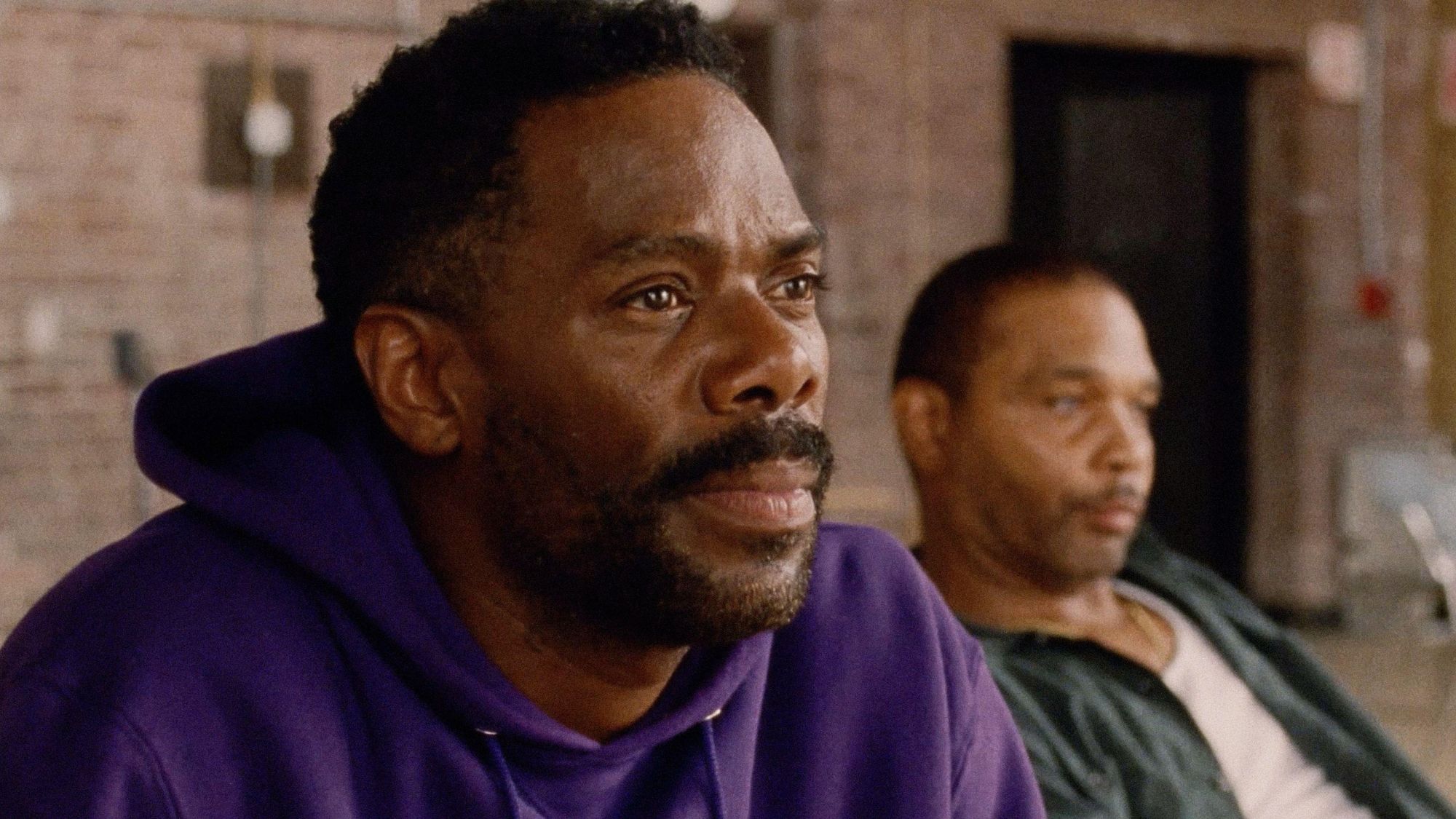 Sing Sing review: prison drama bursts with 'charm, energy and optimism'
Sing Sing review: prison drama bursts with 'charm, energy and optimism'The Week Recommends Colman Domingo plays a real-life prisoner in a performance likely to be an Oscars shoo-in
-
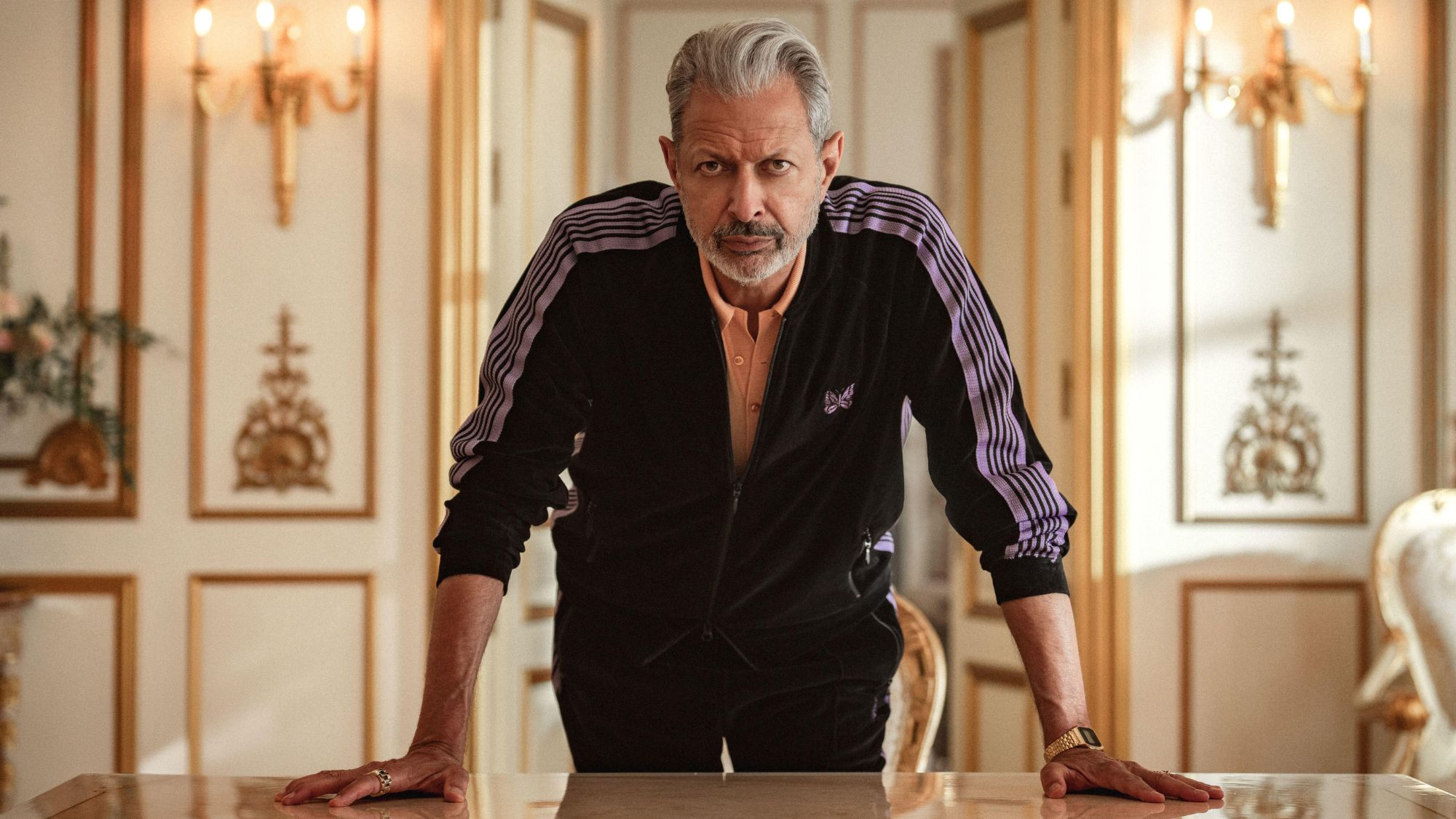 Kaos review: comic retelling of Greek mythology starring Jeff Goldblum
Kaos review: comic retelling of Greek mythology starring Jeff GoldblumThe Week Recommends The new series captures audiences as it 'never takes itself too seriously'
-
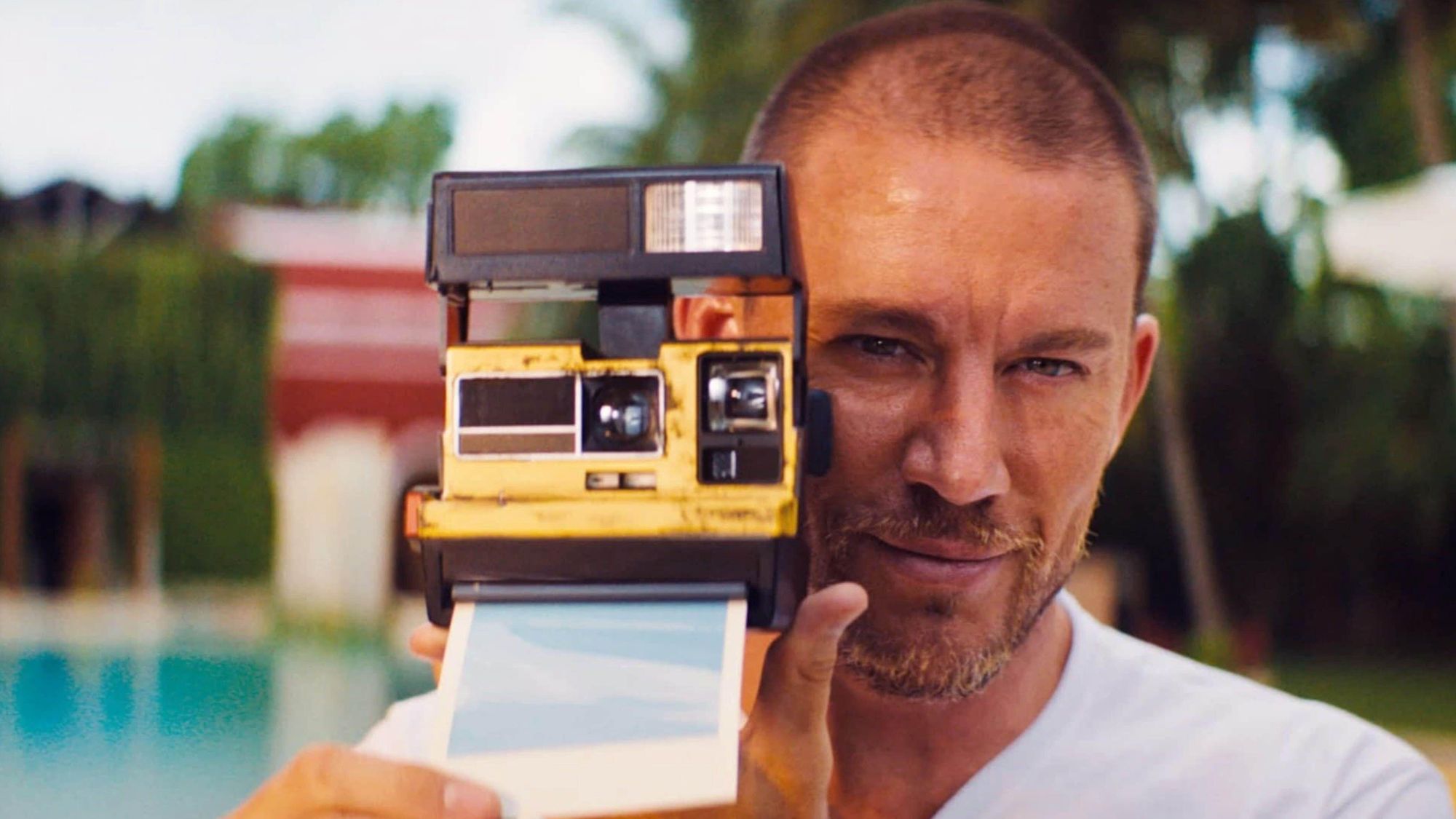 Blink Twice review: a 'stylish and savage' black comedy thriller
Blink Twice review: a 'stylish and savage' black comedy thrillerThe Week Recommends Channing Tatum and Naomi Ackie stun in this film on the hedonistic rich directed by Zoë Kravitz
-
 Shifters review: 'beautiful' new romantic comedy offers 'bittersweet tenderness'
Shifters review: 'beautiful' new romantic comedy offers 'bittersweet tenderness'The Week Recommends The 'inventive, emotionally astute writing' leaves audiences gripped throughout
-
 How to do F1: British Grand Prix 2025
How to do F1: British Grand Prix 2025The Week Recommends One of the biggest events of the motorsports calendar is back and better than ever


